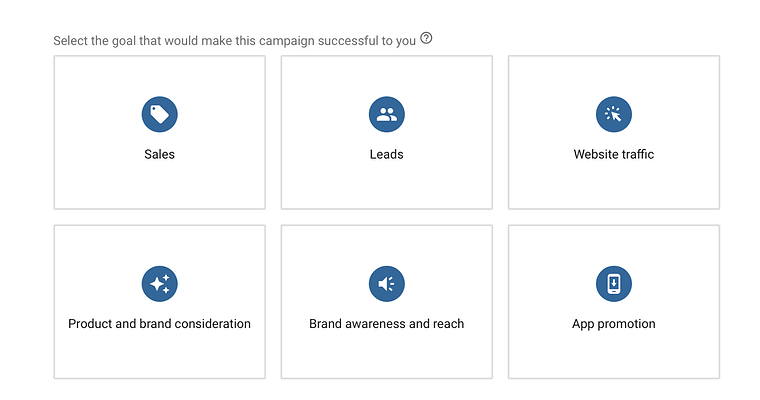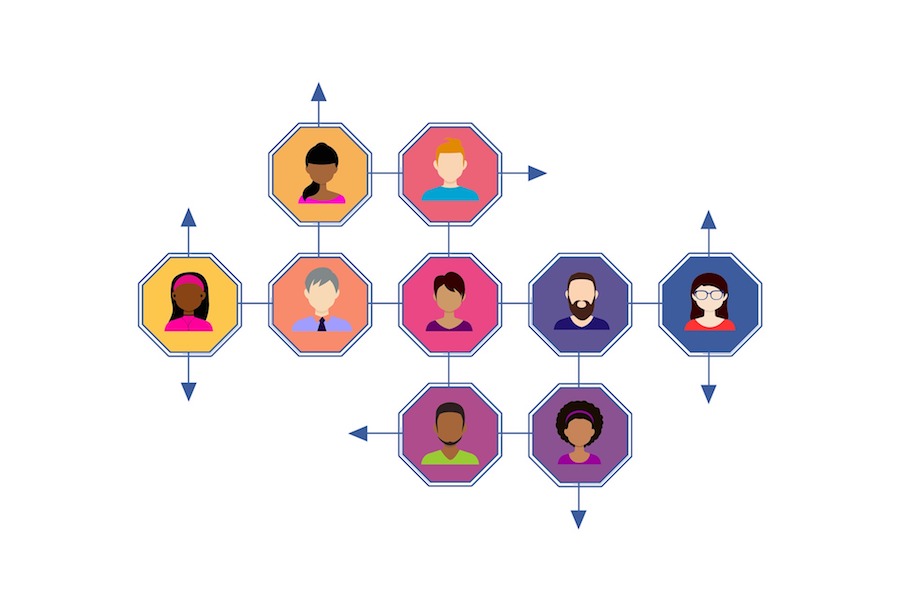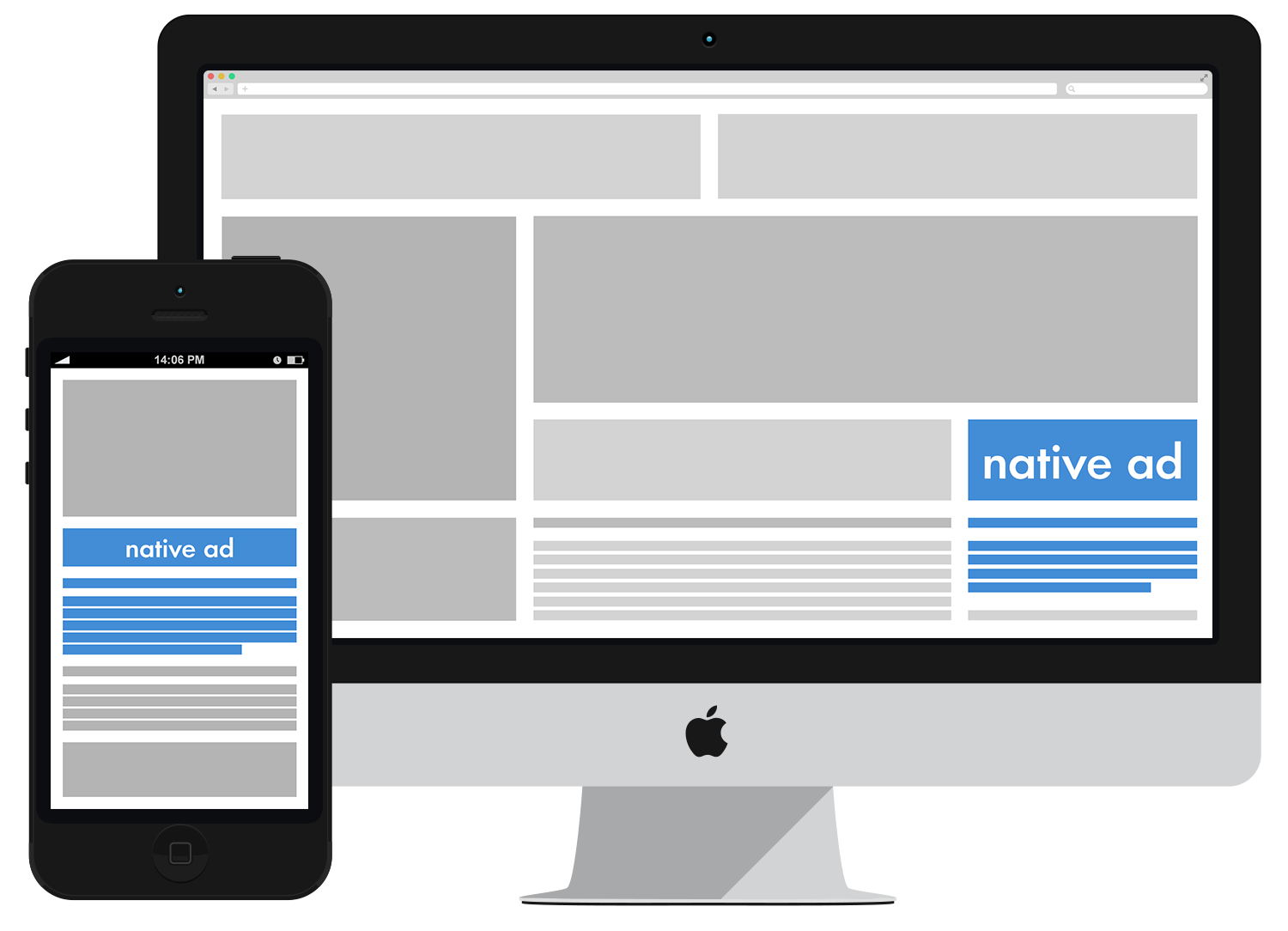The face of online advertising keeps changing every day and users are keening towards adverts that are defined as non-intrusive which has led advertisers into searching for the next big solution to deliver Adverts that scale. Simply put, Native Advertising is a form of online advertising placement that flows perfectly with the natural behavior of the platform which it appears. Native advertising helps advert content blend with the layout and functionality of the platform which it is placed, across Web, Video And Mobile In-App Devices.
Native Advertising began to take form in 2012 when advertisers seek to address two major problems that affect campaign performance.
- Adblocking: Different browsers keeps introducing the Adblocker feature so their users could have a better browsing experience which led to less delivery of adverts.
- Banner Blindness: People began to develop disinterest in banner Ads, especially if it doesn’t relate to their interest.
Not only is Native advertising the future of online advertisement, but it had also been proven to generate healthy results for brands and users alike. According to a report published by Laura Montini on Inc.com, it concluded that “70% of individuals want to learn about products through content rather than through traditional advertising.” which brings us back to the famous saying that “Content is King”. The King can only achieve little without his errand boys and that is exactly what “Native Ads” seeks to address, by helping brands to strategically distribute quality contents that will drive highly interested audiences to their products or services.
Sounds interesting right?
Below are 5 steps to running a successful native advertising campaign
1. Set Campaign Goals

As with every other form of digital marketing, you should first start by defining your campaign goals which is what you are trying to achieve with the campaign. Most times, your campaigns are likely aimed at driving prospects to your contents to make them either learn about your brand if you are looking at generating brand awareness, generate leads or enjoy a special offer.
Getting your campaign goals right before your campaign will determine the metrics you will track to measure the success of the campaign.
2. Select the right Audience for your campaign

After you must have defined your campaign goal, the next thing is to select the right audience for your campaign as it relates to your overall campaign goals. This process involves careful consideration of your general audience and breaking down into specific segments that you will like to reach for the particular campaign. Decide how you want to segment the available audiences and start working on your campaign message.
3. Define the right message for your audience

It is important for your campaign that you select the right message for your specific audience segment. Define the type of contents you want to create as it relates to what your audience wants, what you can deliver as an authority and how it relates to the overall campaign goal.
Remember, in Native advertising, it is important to treat every part of the content process as a campaign. There are several tools online to help you better determine the type of contents that you can introduce to your campaigns.
4. Research Your Platforms and Ad format

Native advertising leverages the power of existing platforms with wide ranges of audiences cutting across different industry. For example, Pinterest audience differs from Facebook, which differs from Twitch. Each social channels have different format by which they deliver native advertising.
LinkedIn, for example, offers three formats of native advertising which are LinkedIn Dynamic Ads, LinkedIn sponsored Content, and LinkedIn sponsored InMail. This flexibility allows advertisers to reach users in every form they chose to interact with the platform.
Alternatively, you can sign up on Ad network with pools of publishers that can help distribute your Ads to their publishers.
5. Create your Ad and Track Performance

Finally, it’s time to create your Ads. Using the information from your audience segment, audience message as it both relates to your campaign. Ensure you create contents with focus on what your audience wants to see (video), hear (audio), read (article) or do (interactive Ads) and include a call to action to complete the prospect’s journey towards becoming a customer.
Don’t forget to track your campaign performance and measure the success of your native ads. This will help you make a better-informed decision when next you want to publish a campaign.
As easy and effective as it may sound, lots of advertisers are yet to leverage the power of native advertising to better enhance their marketing campaigns.
In your opinion, What do you think could be the problem?
Share in the comments and I will definitely reply to your comments.

